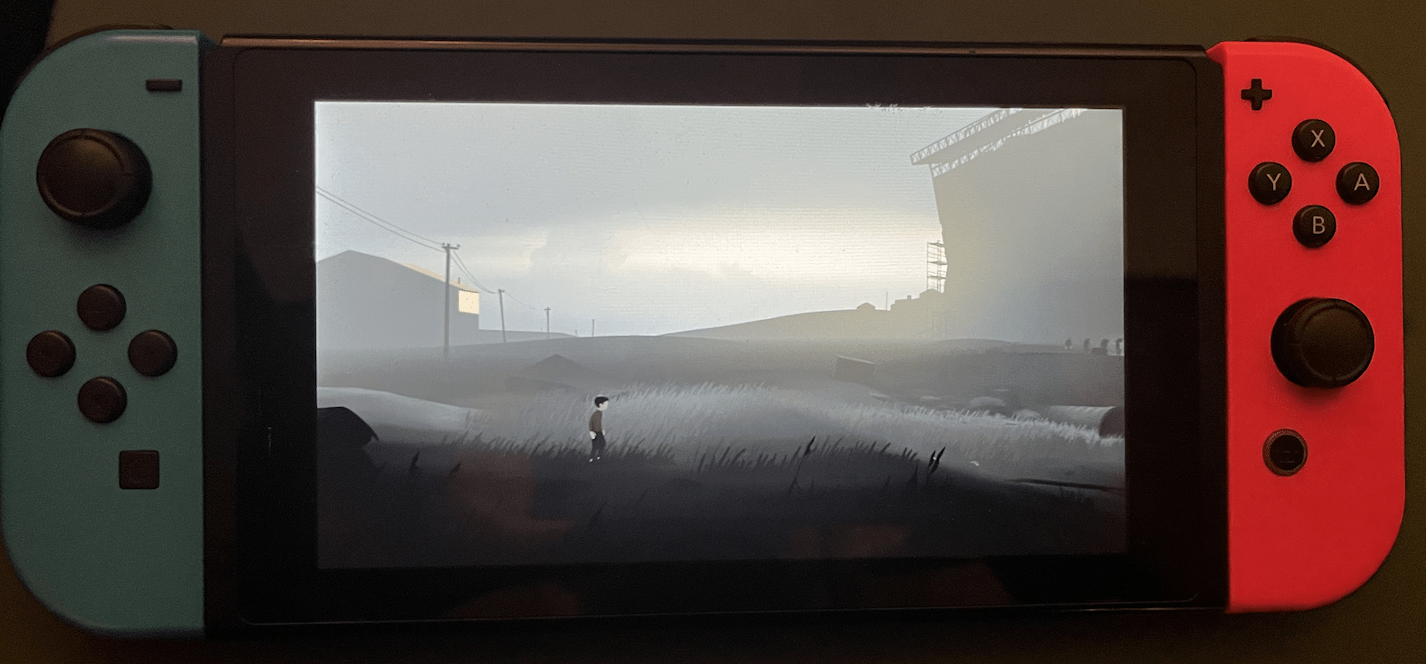I am analyzing the game “Inside” today, which is a walking sim / puzzle game. The game’s narrative is tightly woven into its architecture and mechanics, which work together to create aesthetics of Discovery and Challenge for the player.
The game starts in a dark, moody forest and gradually reveals more complex environments such as cornfields and roads filled with police and watchdogs. However, despite the changing setting, the mechanics remain simple – players must hide, run, jump, and push objects to progress through the levels. In order to learn these mechanics, we experience loops: first we must just master running, then jumping, then pushing, then running and jumping, then running and hiding, and so on and so forth. These loops are combined with arcs, which manifest in informal levels. They are not explicitly divided with titles or cut scenes, but the narrative is propelled by the setting changing. As these “levels” build on each other, players must use their knowledge of the mechanics to overcome new challenges and move the story forward. One of the most important facets of the game is that there are no instructions, no dialogue, to accompany the mechanics. As the levels build, and the puzzles get harder, just these loop/arc sandwiches drive the player to keep playing, keep learning, and uncover more about the game’s central mystery– why am I being chased, and who am I running from? Overall, the game’s focus on simple mechanics and loops/arcs creates a cohesive experience that keeps the player engaged in both the narrative and the gameplay.
Pictured: a scene from Inside. Note there is no guidance, just a simple (creepy) setting and a place for the character to run.




